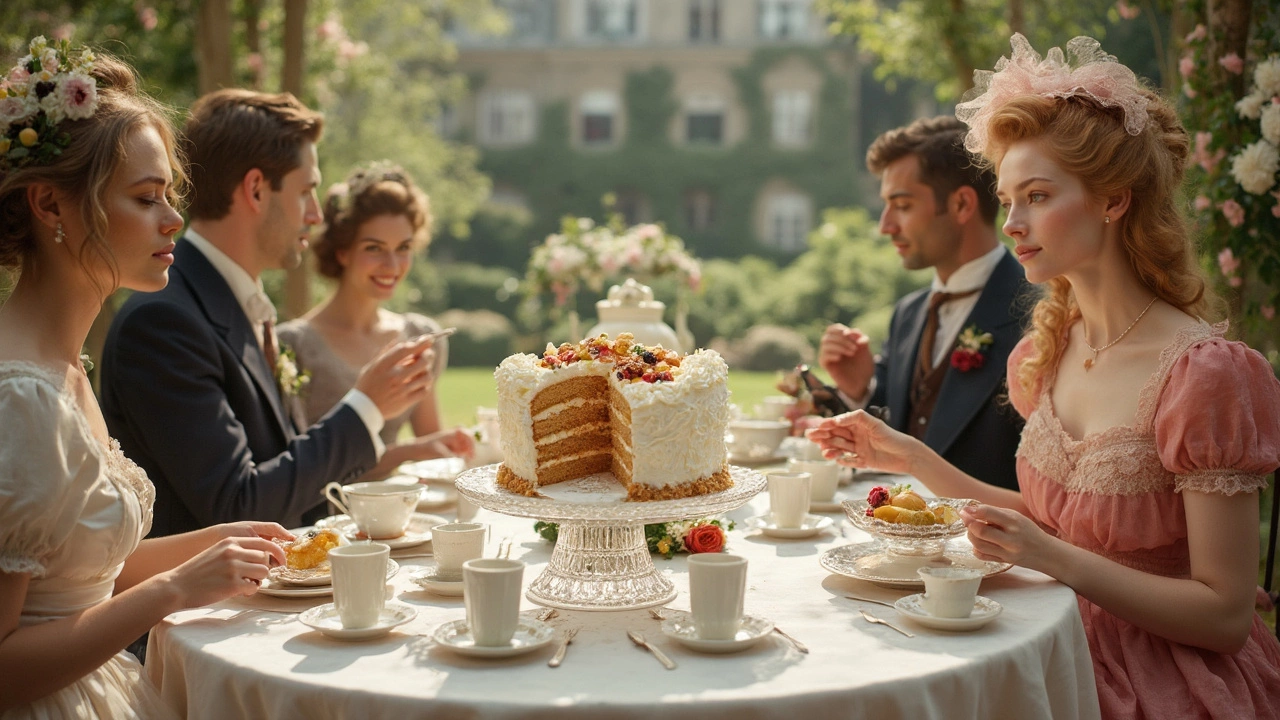
Ever stood in a bakery and wondered, 'Why the heck is it called Lady Baltimore cake?' You're not alone. The name sounds a bit fancy, but the story behind it is anything but stiff or proper.
Lady Baltimore cake isn’t named after an actual lady. It's tied to a legend, a novel, and a Southern city with a sweet tooth. If you love random bits of food history as much as dessert, you’re in for a treat.
This cake is more than just a name—it’s old-school Southern charm baked into layers of fluffy white cake with a fruit-and-nut filling. The name gives it a certain mystique, but the recipe is pure comfort. There's no actual Lady Baltimore who passed down a secret family recipe. Instead, the cake's story took off thanks to a popular book from the early 1900s and a hotel chef who knew how to grab attention.
So before you take your next bite of this classic cake, here’s what you should know about its real backstory, why it matters, and how you can bring a little of that Southern magic to your own kitchen.
- Where Did Lady Baltimore Cake Get Its Name?
- The Recipe and What Makes It Unique
- Famous Myths and Real Facts
- Tips for Baking Your Own Lady Baltimore
Where Did Lady Baltimore Cake Get Its Name?
This cake has one of those names that just sounds Southern and old-fashioned, but nobody really met a Lady Baltimore who handed out slices at a party. Here’s the real story: The cake got popular in Charleston, South Carolina, around the early 1900s. A local bakery—the elegant and historic Charleston's Lady Baltimore Hotel—became famous for serving this light, fluffy cake filled with nuts and dried fruits. If you walked into that hotel’s tearoom back then, ordering a slice felt like a big deal.
But the curious part? The actual name didn’t even come from a real person. It showed up in a best-selling 1906 novel called "Lady Baltimore" by Owen Wister. In the book, a character tries the cake during a Charleston visit and is completely charmed. People all over the U.S. read the book and wanted to taste the same cake. Suddenly, bakeries everywhere listed 'Lady Baltimore cake' on their menus—even if theirs was nothing like the original.
So, the cake’s claim to fame is really a combo of clever marketing, timing, and being written into a popular story. You won’t find a direct link to Baltimore, Maryland, either—the cake is 100% Charleston. The name just had a certain ring to it and stuck.
For the trivia fans out there, check out some quick facts in the table below:
| Fact | Details |
|---|---|
| First Named | 1906, in the novel "Lady Baltimore" |
| Most Famous Hotel | Lady Baltimore Hotel, Charleston, SC |
| Main Ingredient | White cake with fruit & nut filling |
| Connection to Baltimore, MD | None—it's all about Charleston |
So next time you see Lady Baltimore cake on a menu, you can share the story: it’s a literary creation baked into Southern baking history with a name that just clicked.
The Recipe and What Makes It Unique
If you’ve never had Lady Baltimore cake, think of it as Southern baking turned up a notch. The real magic is how something simple gets dressed up with just the right filling and frosting. So, what makes this Lady Baltimore cake stand out from all the other classic cakes?
The basic recipe is a fluffy white cake—kind of like an angel food cake but richer, thanks to plenty of butter, egg whites, and buttermilk. What sets it apart is the filling. You’re not just spreading jam and calling it a day. This filling is a chopped fruit-and-nut mix, usually with raisins, figs, walnuts, and pecans, all held together with a meringue-style icing. You get a mix of textures in every bite: soft cake, crunchy nuts, and chewy fruit.
Traditionally, the icing of choice is a boiled or seven-minute frosting, which is glossy, white, and cloud-light. It’s not too sweet, but pairs perfectly with the fruity, nutty filling inside. Some versions use shredded coconut, dates, or even dried cherries if you’re feeling fancy. But sticking to figs and pecans is what most old-school recipes call for.
Here’s a quick rundown of the Lady Baltimore cake layers:
- Three layers of white (or sometimes yellow) cake
- A fruit and nut filling with nuts, raisins, figs, and sometimes cherries or coconut
- Seven-minute meringue icing on the outside and inside
The popularity of the cake took off in the early 1900s. Old newspaper clippings show that Lady Baltimore cake was often served at weddings and Sunday teas across the South. Even today, most Southern bakeries keep it in rotation, especially during spring and early summer.
Check out this at-a-glance breakdown of the main ingredients and what makes each part special:
| Component | Main Ingredients | What Makes It Unique |
|---|---|---|
| Cake Layers | Flour, butter, sugar, egg whites, buttermilk | Light texture, mild flavor, holds up to filling |
| Filling | Figs, raisins, walnuts/pecans, sugar, sometimes coconut or cherries | Sweet and tangy, chewy with a big crunch |
| Frosting | Egg whites, sugar, water, cream of tartar (boiled or seven-minute style) | Glossy, marshmallow-like, not heavy |
Keep in mind, Lady Baltimore cake is not for speed bakers. Take your time with each layer and let the filling cool before you spread it. If you cheat here, the cake can get soggy, and the icing might slide right off. Let’s be honest—nobody wants a cake disaster. Refrigerate it if your kitchen is hot, and serve at room temperature for the best flavor and texture.
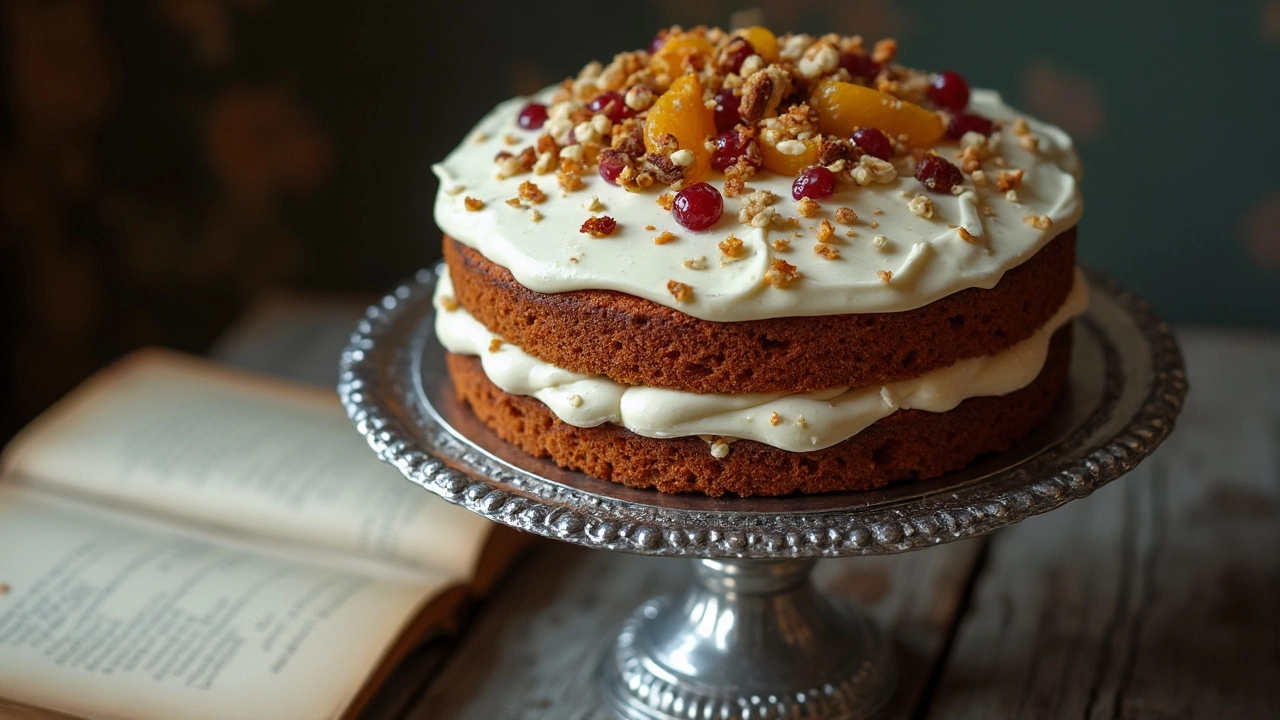
Famous Myths and Real Facts
If you poke around in Southern cookbooks, you’ll find all sorts of wild stories about the Lady Baltimore cake. Here’s the thing: a lot of what you hear is pure fiction.
The juiciest myth is that Lady Baltimore herself baked this cake. That’s more fairytale than reality—there is no historical record of any Lady Baltimore getting her hands dusty in a kitchen, much less inventing a cake recipe.
So where did the name actually come from? It shot to fame not from a real-life lady, but from a popular 1906 novel called "Lady Baltimore" by Owen Wister. The book described a cake so delicious it became a plot point, and readers started asking for it by name. Around the same time in Charleston, South Carolina, bakers at the elegant St. Francis Hotel were already making a light, fruit-and-nut filled cake. Seeing the buzz from the book, they called theirs Lady Baltimore—great marketing, right?
Another myth is that this cake was always served at Baltimore balls or by high-society women in Maryland. Nope. The roots are firmly in the South, not Maryland, and there’s zero evidence it ever had ties to Baltimore’s social scene. If any cake gets the Maryland crown, it would be the Smith Island cake, not this one.
Now, if stats are your thing, this cake’s cookbook claim-to-fame is real. By 1911, recipes for Lady Baltimore cake spread across the Southern states and landed in national magazines. It became a wedding and holiday favorite, especially in Charleston. Its "come up" in popularity is easy to track:
| Year | Notable Appearance |
|---|---|
| 1906 | "Lady Baltimore" novel published |
| 1907 | First print recipe in local newspapers |
| 1911 | Featured in Good Housekeeping and other magazines |
| 1920s | Common staple in Southern celebrations |
The bottom line: Lady Baltimore cake owes its name to a catchy bit of fiction and some savvy pastry chefs—not family royalty or old Baltimore society. It’s a good reminder not to believe every food legend you hear, but also to appreciate the clever ways recipes get their names and fame.
Tips for Baking Your Own Lady Baltimore
If you want to bake a true Lady Baltimore cake, ditch boxed mixes. The real deal uses freshly whipped egg whites, homemade filling, and a marshmallowy frosting—all from scratch. Don't worry, it’s totally doable even if you’re not a pro.
This cake shines because of its tall, white layers and a filling packed with chopped nuts and dried fruit. Stick with traditional ingredients: walnuts or pecans, and a mix of raisins, figs, or even dates. Some folks swap in dried apricots or cherries for a twist. The filling should be thick but spreadable, kind of like a chunky jam.
- Use cake flour, not all-purpose, to keep your layers light and airy.
- Room temperature egg whites whip better. Let them sit out for about 30 minutes before beating.
- Stay patient with the seven-minute frosting; it turns out fluffy if the sugar syrup is poured in slowly and you beat it long enough.
- Don’t overload the filling. Too many nuts or fruit, and the cake slides around.
- If you don’t have a stand mixer, hand mixers work fine, but it might take a little more elbow grease on the frosting.
Bake your layers in advance and freeze them if you want to save time. They’ll keep for up to two months when wrapped well. The filling can easily be made a day ahead—just cover and chill. Don’t assemble until just before serving, because this cake’s delicate structure can get soggy fast.
| Typical Layer Size | 8-inch round, 2-3 inches thick |
|---|---|
| Average Bake Time | 25-28 minutes per layer |
| Common Nut Choices | Walnuts, Pecans |
| Classic Fruit Mix | Raisins, Figs, sometimes Dates |
| Frosting Type | Boiled or "seven-minute" frosting |
One last tip: slice with a sharp, serrated knife. That way you’ll cut through the fluffy cake and chunky filling without ending up with a pile of crumbs. Serve at room temp for the best taste. If you’ve never had a Lady Baltimore cake before, get ready to wow your friends—it’s not just charming by name, but also seriously delicious on the plate.


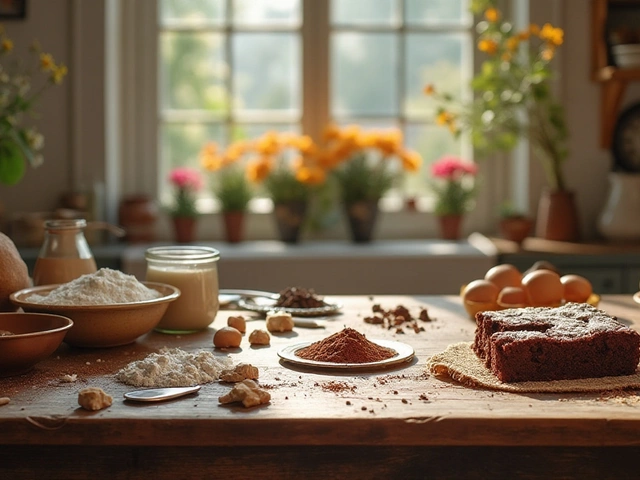
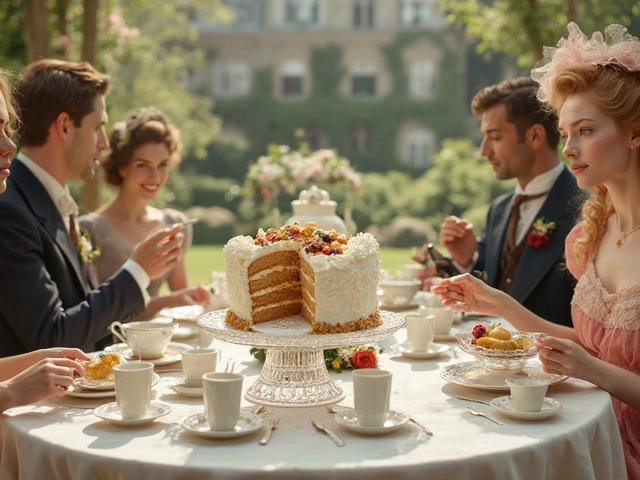
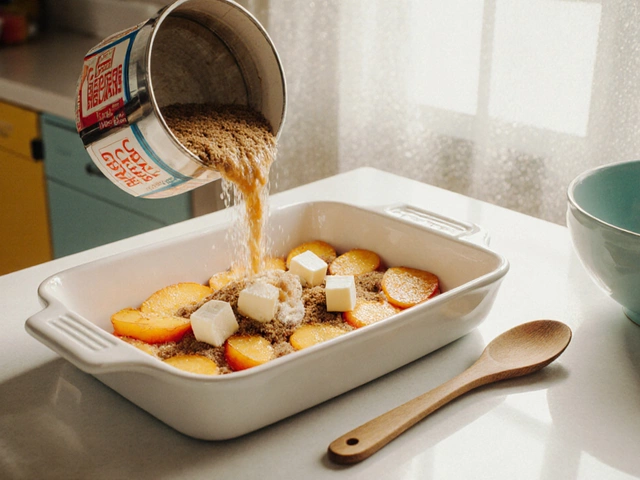
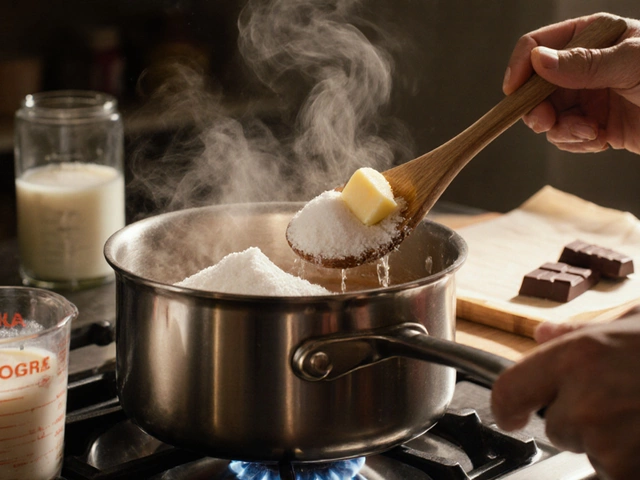
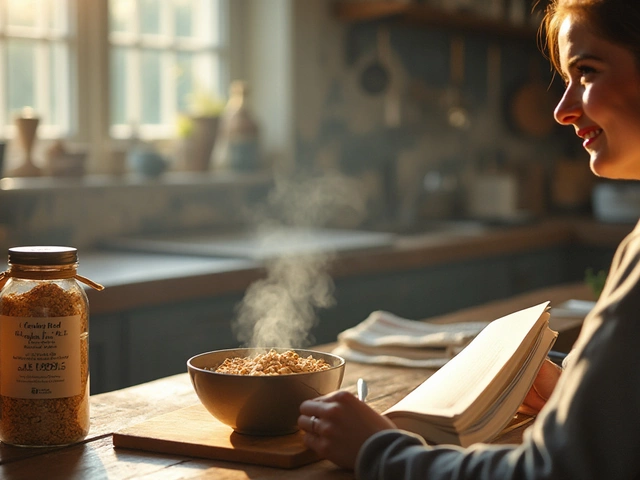
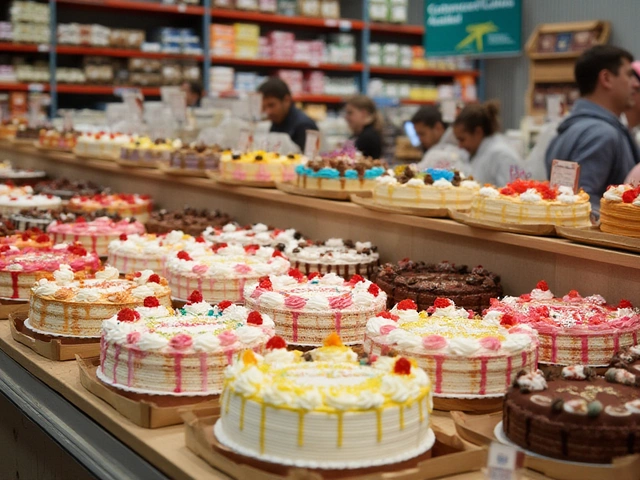
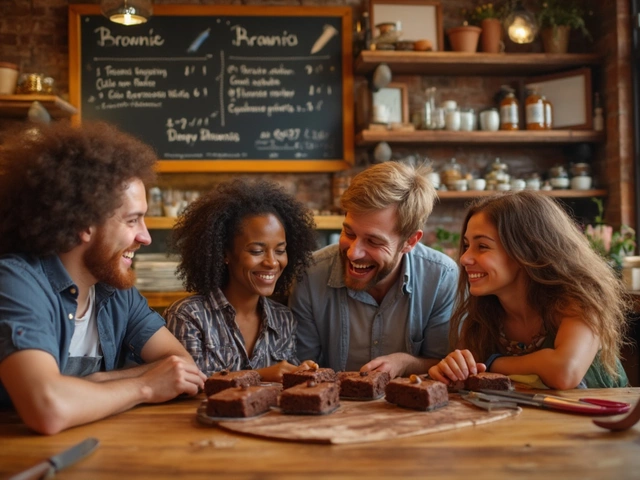
Write a comment